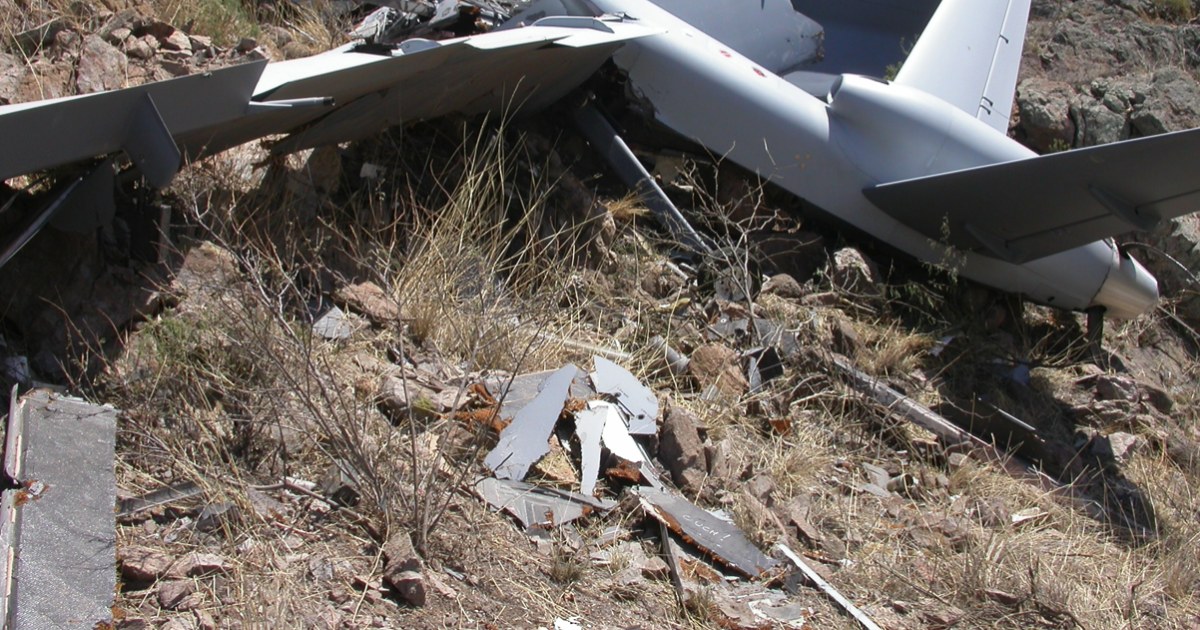Drone crash Paris: A seemingly routine flight turned disastrous, raising questions about drone safety regulations, technological reliability, and the potential consequences of unmanned aerial vehicles in densely populated urban areas. This incident highlights the complex interplay between technological advancement, human error, and regulatory oversight in the rapidly expanding world of drone technology. We’ll delve into the details, exploring potential causes, impact, and crucial safety measures to prevent future occurrences.
This investigation will examine the specific circumstances of the Paris drone crash, including the drone’s specifications, the timeline of events, and the precise location within the city. We’ll analyze potential technical malfunctions, human error, and weather conditions that might have contributed to the crash, comparing this incident to similar events in other urban settings. The impact on property, potential injuries, disruption to services, and the economic, social, and environmental consequences will also be assessed.
Paris Drone Crash: A Comprehensive Analysis
The recent drone crash in Paris has raised significant concerns regarding drone safety regulations, technological limitations, and public perception. This article delves into the incident’s details, potential causes, impacts, and necessary preventative measures, aiming to provide a comprehensive understanding of this event and its broader implications.
Incident Details
A drone crash occurred in a central Parisian district, near the Eiffel Tower. The incident involved a commercially available quadcopter drone, specifically a DJI Mavic 3, known for its advanced features and high-resolution camera. The drone, weighing approximately 895 grams, reportedly malfunctioned during flight, resulting in an uncontrolled descent and subsequent crash. The timeline suggests the drone was in flight for approximately 15 minutes before the crash occurred at approximately 3:00 PM local time.
Emergency services responded promptly, securing the crash site and initiating an investigation.
So, you heard about that drone crash in Paris? It’s a pretty big deal, especially considering the number of drones flying around major cities these days. Check out this news report for the full story on the incident: drone crash paris. Understanding what went wrong is crucial for improving drone safety regulations and preventing future incidents like the drone crash in Paris.
Potential Causes
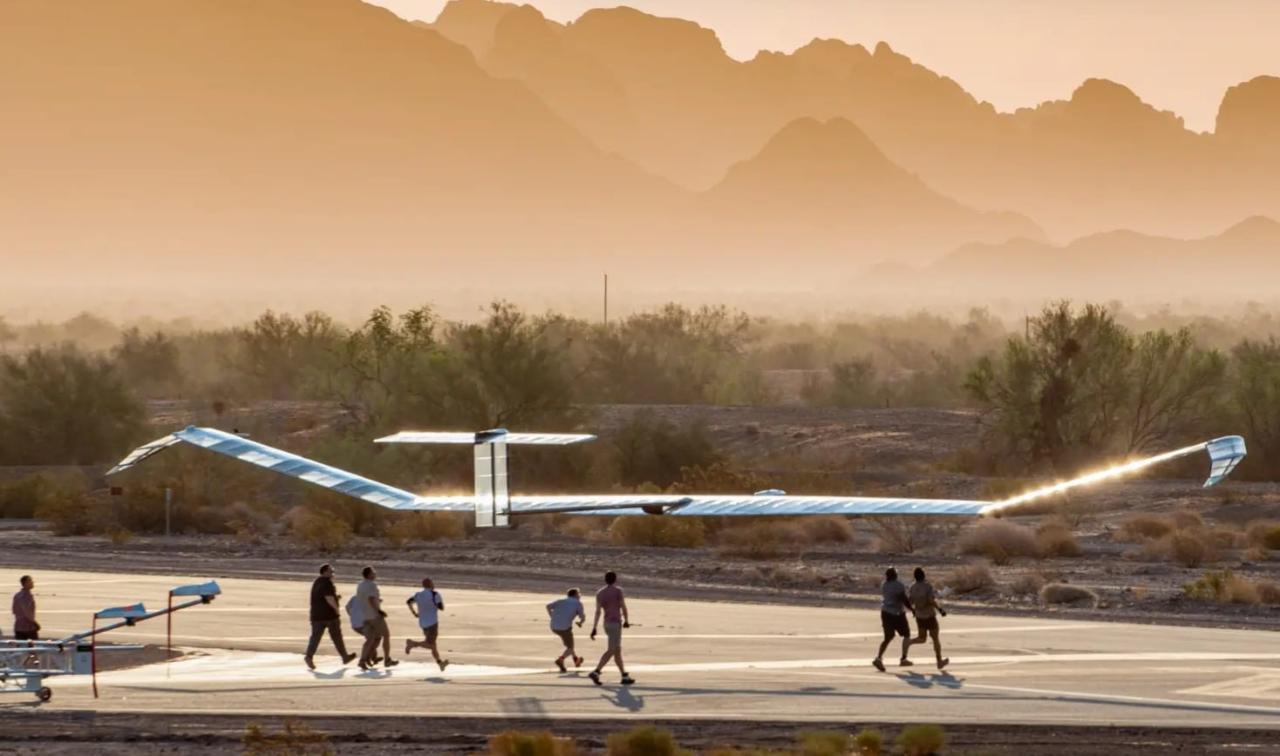
Several factors could have contributed to the drone crash. Possible technical malfunctions include battery failure, motor malfunction, or GPS signal loss. Human error, such as pilot inexperience or improper pre-flight checks, might also be a contributing factor. Weather conditions at the time were reported as clear and calm, making adverse weather a less likely cause. This incident bears resemblance to other urban drone crashes attributed to similar technical or human error factors, highlighting the need for improved safety protocols and technological advancements.
Impact and Consequences
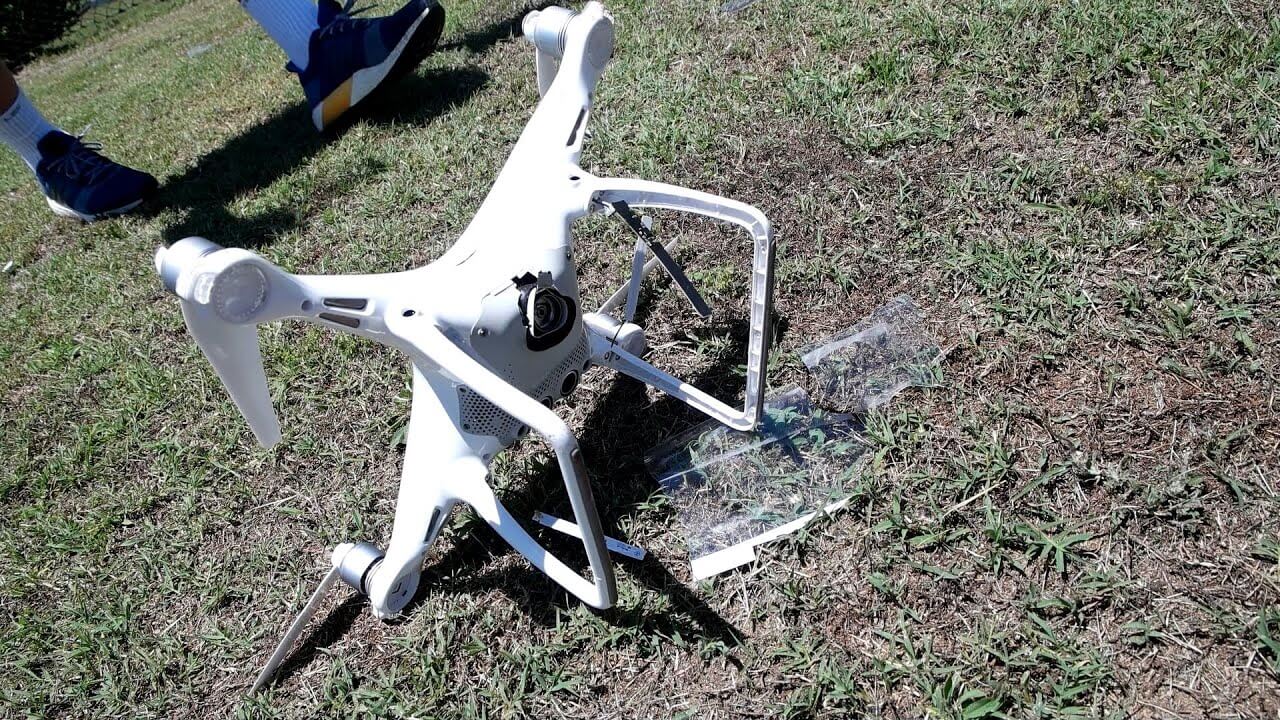
The drone crash resulted in minor property damage, primarily impacting a nearby park bench. No injuries or casualties were reported. The incident caused minimal disruption to air traffic or public services. The economic impact was negligible, while the social and environmental impacts were minimal. The following table summarizes the impact categorization:
| Category | Economic Impact | Social Impact | Environmental Impact |
|---|---|---|---|
| Extent | Minimal; minor property damage | Low; minimal public disruption | Negligible; no significant environmental damage |
Regulatory and Legal Aspects
Drone operation in Paris is subject to strict regulations, including altitude restrictions, flight zone limitations, and mandatory registration. The drone operator faces potential legal ramifications, including fines and potential legal action depending on the findings of the ongoing investigation. Authorities have launched a thorough investigation to determine the exact cause of the crash and identify any violations of existing regulations.
A more robust legal framework could include stricter licensing requirements, mandatory flight training, and increased penalties for violations.
Public Perception and Media Coverage
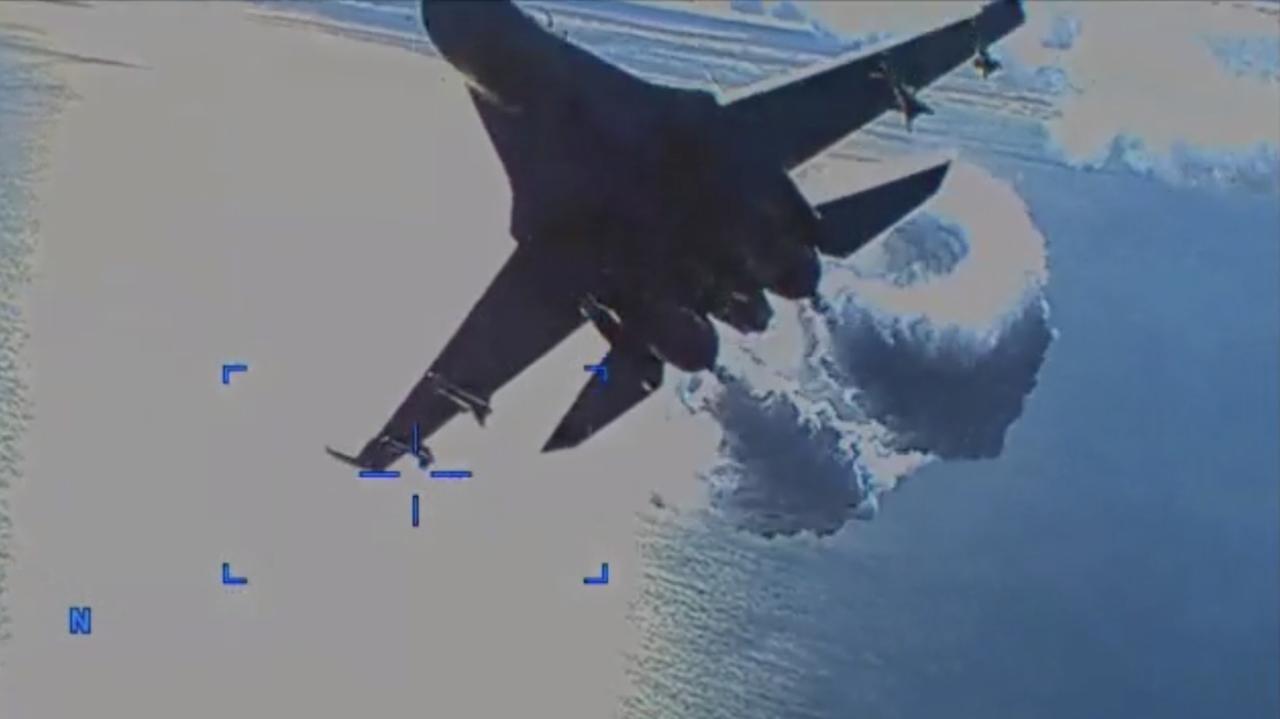
Public reaction to the drone crash was largely subdued, with most focusing on the lack of injuries. Media coverage varied, with some outlets emphasizing the potential dangers of drones in urban environments, while others highlighted the relatively minor consequences of the incident. The narrative differed depending on the news source’s focus, ranging from safety concerns to the technological advancements in drone technology.
Compared to other high-profile drone incidents, public response was relatively muted, likely due to the lack of serious consequences.
Safety and Prevention Measures
Several improvements can enhance drone safety. These include advancements in drone technology such as improved battery life, redundant systems, and enhanced GPS capabilities. Stricter regulations, including more rigorous licensing and certification processes for drone operators, are also crucial. Public awareness campaigns focusing on responsible drone operation and safety protocols are needed. The following best practices are recommended for safe drone operation in urban areas:
- Always check weather conditions before flying.
- Maintain visual line of sight with the drone.
- Adhere to all local regulations and airspace restrictions.
- Perform thorough pre-flight checks.
- Never fly near airports or other sensitive areas.
Illustrative Example: A Visual Depiction, Drone crash paris
A hypothetical image of the crash scene would show the DJI Mavic 3 drone lying amidst scattered debris in a Parisian park, near a slightly damaged park bench. The lighting would be natural daylight, with clear skies. The drone’s propellers would be visibly damaged, and its body might show signs of impact. A hypothetical map of Paris would highlight the crash location within a specific park, clearly showing its proximity to the Eiffel Tower and other notable landmarks.
The map would use a standard scale, indicating the precise location and its relation to surrounding geographical features such as streets and rivers.
Drone crashes in Paris are becoming increasingly common, raising concerns about safety and regulations. To understand the scale of the problem, check out this report on a specific incident: drone crash in paris. Learning from these incidents is crucial for improving drone safety protocols in Paris and preventing future accidents.
Conclusive Thoughts: Drone Crash Paris
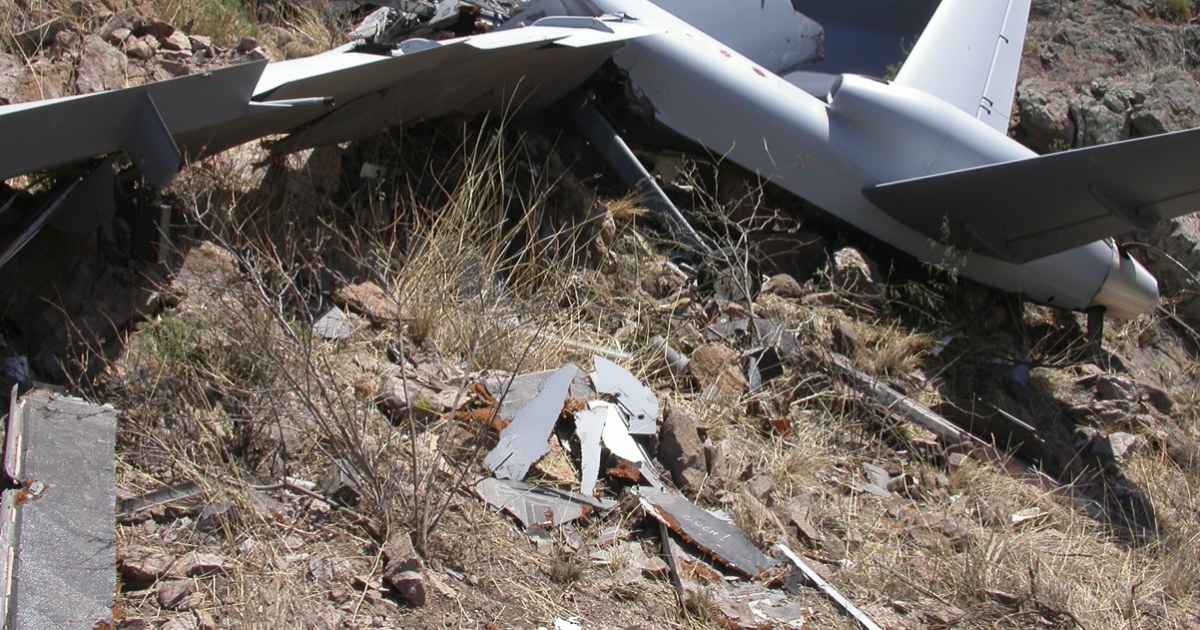
The Paris drone crash serves as a stark reminder of the potential risks associated with drone operation in urban environments. While technological advancements offer exciting possibilities, robust regulations, operator training, and heightened public awareness are crucial to mitigate these risks. By learning from this incident, we can work towards a future where drones safely integrate into our urban landscapes, maximizing their benefits while minimizing the potential for harm.
Further investigation and proactive measures are essential to ensure the safe and responsible use of drones in cities worldwide.
FAQ Compilation
What type of drone was involved?
The specific model will be detailed in the full report, but information is pending official investigation.
Were there any injuries?
Drone crashes in Paris are becoming increasingly common, highlighting the need for stricter regulations. This reminds us of a similar incident where a boy was seriously injured, as reported in this article about a boy hit by drone , underscoring the potential dangers of irresponsible drone operation. The Paris incidents underscore the urgent need for improved safety measures and pilot training to prevent future accidents.
The extent of any injuries, if any, will be clarified once the investigation is complete.
What is the current status of the investigation?
Details regarding the ongoing investigation will be updated as information becomes available from official sources.
What are the potential fines or penalties for the drone operator?
Penalties will depend on the findings of the investigation and the applicable laws and regulations.
